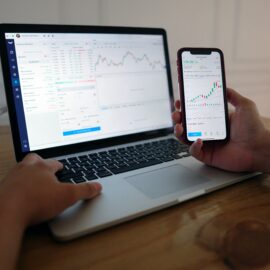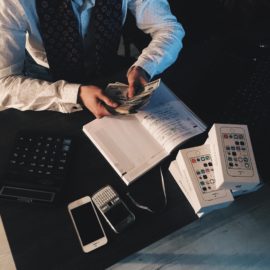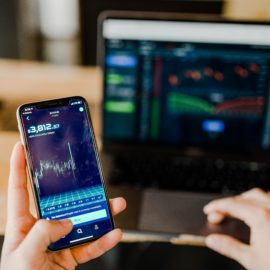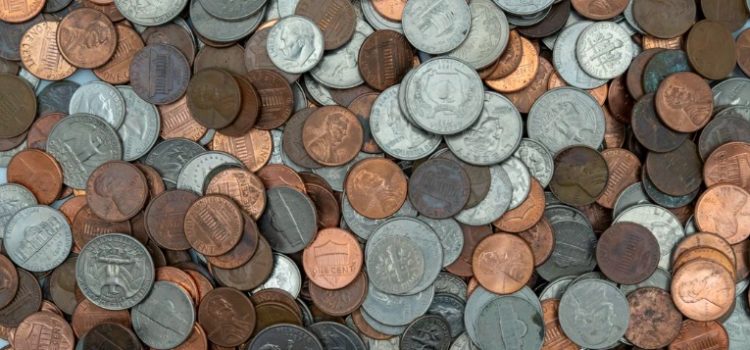
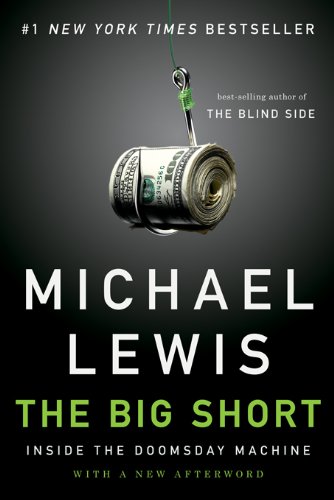
This article is an excerpt from the Shortform summary of "The Big Short" by Michael Lewis. Shortform has the world's best summaries of books you should be reading.
Like this article? Sign up for a free trial here .
What is “side pocketing” in relation to hedge funds? Why would a fund manager need or want to “side pocket” investors’ money? Is it legal?
Side pocketing is when a hedge fund manager temporarily refuses to let investors withdraw their money.
We’ll cover how side pocketing actually benefitted investors in hedge fund Scion Capital, profiled in the book and movie The Big Short.
The Housing Market Collapses
Before we look at an example of side pocketing in hedge funds, let’s look at the events that seemed to warrant it to fund manager Dr. Michael Burry.
Leading up to the burst of the housing bubble in 2007/2008, banks had created complex financial products, such as CDOs, that allowed them to generate a huge amount of money from very few valuable assets. The complexity of the financial instruments helped the banks continue to fool the markets. No one on Wall Street really understood these products, how they worked, or what was in them. There was total asymmetry of information, with the information mismatch heavily favoring the likes of Goldman Sachs. Thus, the banks were able to dictate the terms of an inefficient market. The prices of CDOs were whatever the banks said they were. Almost nobody had the knowledge (or was willing to do the work) to question this. Even the SEC (Securities and Exchange Commission), ostensibly Wall Street’s beat cop, had no clue what was going on with these derivatives.
But the fiction couldn’t be maintained forever. Eventually, the big players on Wall Street began to feel the pain. In June 2007, Bear Stearns announced that it had lost $3.8 billion on subprime mortgage securities. British bank HSBC also announced in 2007 that they had taken major losses in their subprime lending business. These bonds were like a virus that had infected all of the major financial firms. And given the complexity of the CDOs, very few people inside or outside these firms could tell exactly how much exposure they had to subprime. No one knew for sure just how much of these toxic assets were littered across the balance sheets of the world’s leading financial institutions.
Example: Side Pocketing in Hedge Funds
Let’s look at an example of how one hedge-fund manager side pocketed his investors’ money, to the eventual benefit of the investors.
As banks were collapsing, Michael Burry was trying to placate his investors at Scion. He was confident that his bet against the housing market would be vindicated. But it was an expensive position to maintain, and one that was costing his wealthy clients significant money in the here and now, as he continued to owe the banks the premiums on the credit default swaps he’d purchased. For the first time, Burry was underperforming the market. In 2006, the S&P had risen by more than 10 percent—Scion had lost 18.4 percent.
Burry was baffled by how the market was behaving. The data from the mortgage servicers kept getting worse and worse as 2006 turned to 2007 (and the teaser rates expired). The loans were faltering at higher and higher rates, yet the price of insuring the bonds composed of these loans kept falling. It was as if a fire insurance policy on a house had become cheaper after the house was on fire. Logic, for once, had failed Dr. Burry. And he was facing an investor revolt, as his clients began to clamor for their money back out of his fund, thinking that he was either a criminal, a madman, or an idiot.
This was a major problem for Dr. Burry. There was language in Burry’s credit default swap contracts with the banks that allowed the major Wall Street firms to cancel their obligations to Burry if his assets fell below a certain level. Thus, even if Scion’s predictions proved to be correct, the big banks could bluff their way through the crisis, maintain high prices for subprime mortgage bonds, run out the clock on Burry, and force him to void his position before he collected a dime. It was imperative to him (and to his investors, though few were convinced) that there not be a mass withdrawal of funds from Scion. They would lose everything, right when they were on the cusp of winning everything.
What Is Side-Pocketing?
So what did Burry do? He told his investors, no, they couldn’t have their money back. This is side pocketing. He exercised a rarely used provision in his contracts with the investors that enabled him to lock up their money if it was invested in assets for which there either was no market or that could not be freely traded. He argued that credit default swaps were just such an asset and that the market for them was either fraudulent or totally dysfunctional. In doing this, he “side-pocketed” his investors’ money, keeping it invested until his bet had fully played out.
But as the aforementioned downturns in the subprime market began in 2007, Scion’s fortunes began to shift, just as Burry had told investors they would. In the first quarter of 2007, Scion was back up by 18 percent. The loans were going bad and borrowers were getting slammed with higher interest payments. The bill was finally coming due for Wall Street.
In just one pool of mortgages that Scion bet against, delinquencies, foreclosures, and bankruptcies rose from 15.6 percent to 37.7 percent from February to June 2007. More than a third of borrowers had defaulted on their loans. The bonds were suddenly worthless. The house was on fire. Investors were scrambling to either sell off these bonds (for a fraction of their original value) or purchase insurance on the bad bets they’d made—insurance that Mike Burry now owned in spades.
The Benefits of Side-Pocketing for Investors
Dr. Burry cashed in his chips on August 31. His profits were over $720 million. To his chagrin, the investors who had had so little faith in his strategy and were angry about his side-pocketing never thanked him or apologized to him for questioning his ethics and even his sanity. He had always rejected the standard money manager policy of charging a 2 percent fee off the top of his total portfolio of assets managed, believing that this was nothing more than a way to scam investors without doing any actual work. This integrity had cost him dearly while he was paying hefty premiums on his credit default swaps. He’d even had to fire employees to maintain his short position. After he made his clients even richer with his wildly prescient and successful bet, he decided to reverse course and start charging the fee.
———End of Preview———

Like what you just read? Read the rest of the world's best summary of "The Big Short" at Shortform . Learn the book's critical concepts in 20 minutes or less .
Here's what you'll find in our full The Big Short summary :
- How the world's biggest banks contributed to the 2008 financial crisis, greedily and stupidly
- How a group of contrarian traders foresaw the bubble popping, and made millions from their bets
- What we learned from the 2008 crisis - if anything


